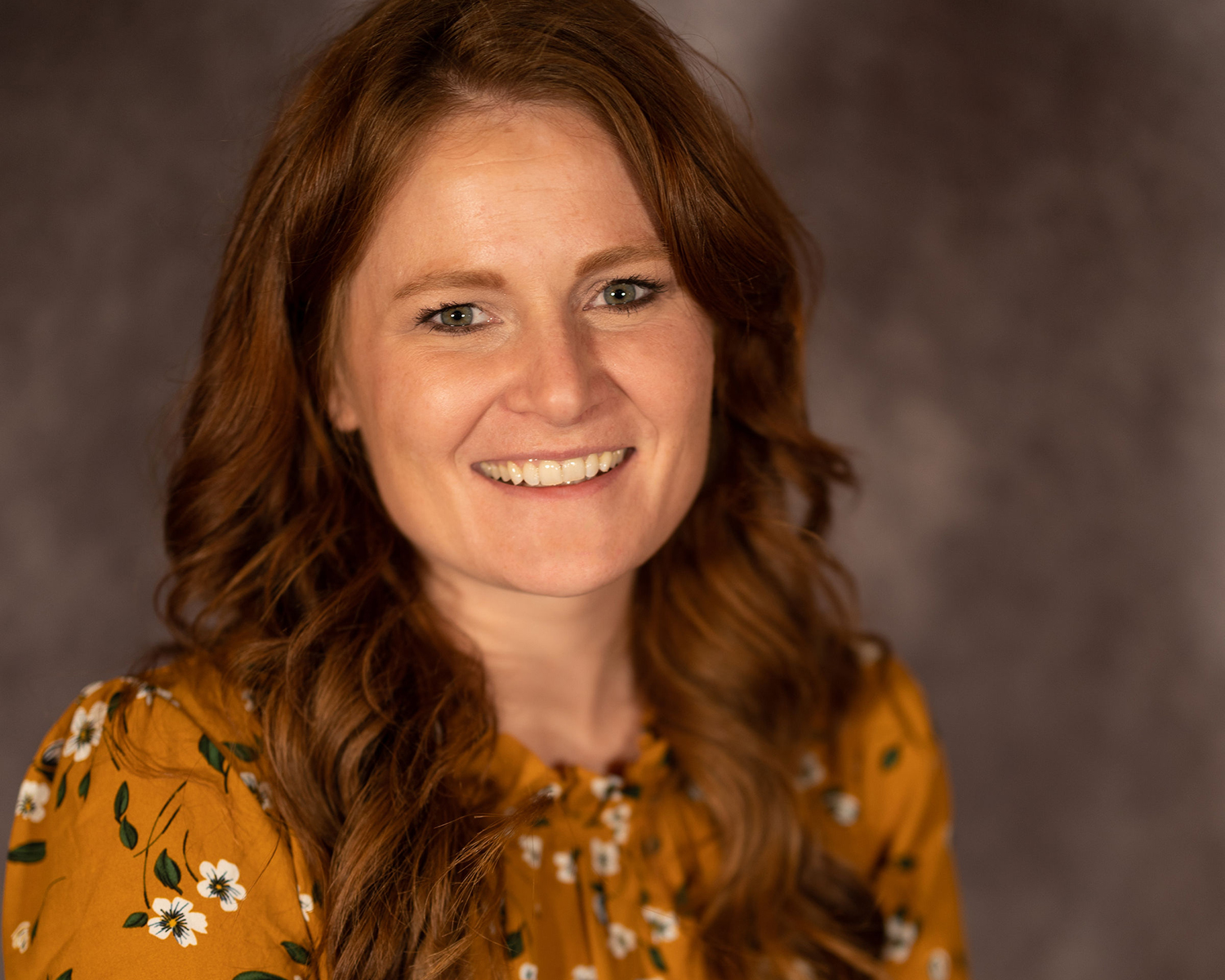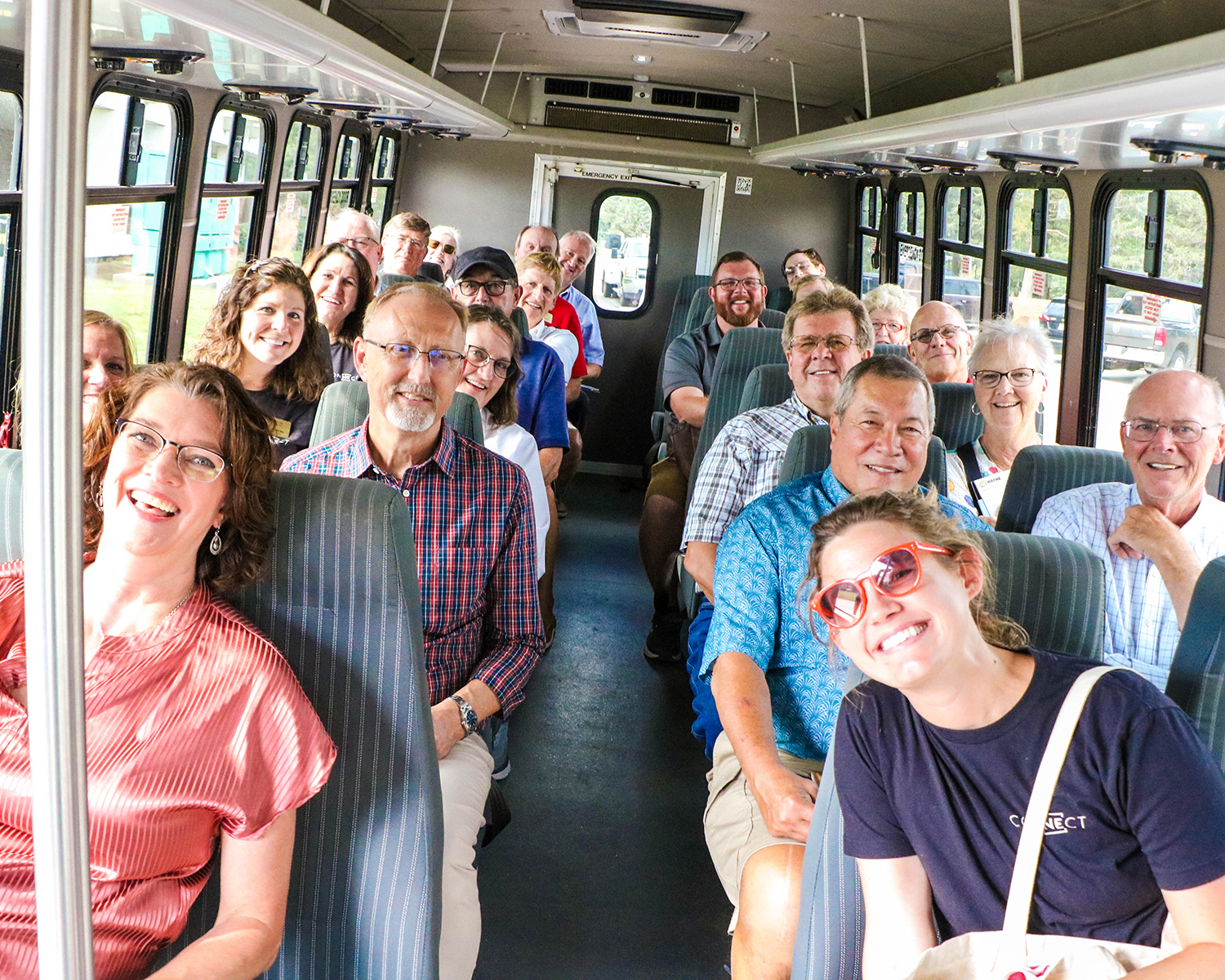 By Jeff Yost
By Jeff Yost
The floods of March 2019 were unprecedented in nature. Vast swaths of water and ice scouring the land and leveling everything in their path. Ice chunks the size of cars. Water where no one ever imagined there would be water. Seventy-six of Nebraska’s 93 counties have been designated for FEMA public assistance; 104 of 532 municipalities and five tribes have an emergency declaration. So far at least 628 homes have been condemned and 3,417 have been impacted. These are big numbers in lots of our hometowns.
In Verdigre (population 575), 65 businesses and 78 homes have been affected. In Lynch, the hospital was severely impacted. In St. Edward, Osmond and Dannebrog, downtown was underwater. Our neighbors in Bellevue, Fremont, Genoa, Newman Grove, Niobrara, North Bend, Peru, Plattsmouth, Spencer, Valley, Wood River and many, many more Nebraska hometowns are struggling and need our help.
And the truth is, we do not yet know the full extent of the damage. Conservative and early estimates put losses in the hundreds of millions of dollars. The floods of March 2019 are having profound impacts on many Greater Nebraska hometowns including damage to homes, small businesses, farms and ranches, and governmental services including schools, healthcare and basic infrastructure.
Natural disasters like this one can fundamentally change the economic viability of communities and entire regions – a lack of reinvestment for rebuilding housing and businesses, the trauma created by the experience, and outmigration of those most deeply impacted are all consequences experienced in other regions where immediate and aggressive action was not taken.
Nebraskans consistently amaze me. People in communities hard hit, and neighbors near and far, immediately stepped up to help one another with clean-up. Kids in Bassett and Springview gave $5,000 they had raised for a school trip to benefit a family downstream in Verdel. The Lincoln Track Club mobilized a virtual race in March that attracted participants from 27 states; they raised $81,000 to help flood victims.
Our first responders (FEMA, NEMA, Red Cross, Salvation Army, local churches and civic groups) have been amazing, saving lives and helping people with temporary shelter, food and clothing. They’ve helped restore essential services. Much of the clean-up is done or well underway and we are forever grateful for the expertise and dedication of these individuals and organizations.
However, and by design, the work of first responders is limited to relief – much like the role of an Emergency Medical Technician (EMT) begins at the scene of the accident and ends when they drop the patient off at the hospital. It may be many days before the patient is released, then out-patient therapy begins. The road to recovery can be long and arduous.
This analogy applies to dozens of our Nebraska hometowns. Flood recovery is a very long process, on average lasting nine years. The trouble is we don’t really have the flood recovery equivalent of a hospital or therapeutic services. We’re going to have to figure that out.
Since March, Nebraska Community Foundation has been working with dozens of Greater Nebraska communities and partners throughout the state. These efforts are approaching flood recovery the best way NCF knows how – as a community development organization dedicated to long-term, relationship-driven and community-led solutions to build and sustain more resilient hometowns.
Generous donors have already given millions for flood relief. Now we must turn our attention to flood recovery. Please visit NebraskaHometown.org for more information on how communities and organizations are working with NCF to further recovery efforts in hometowns across the state.



